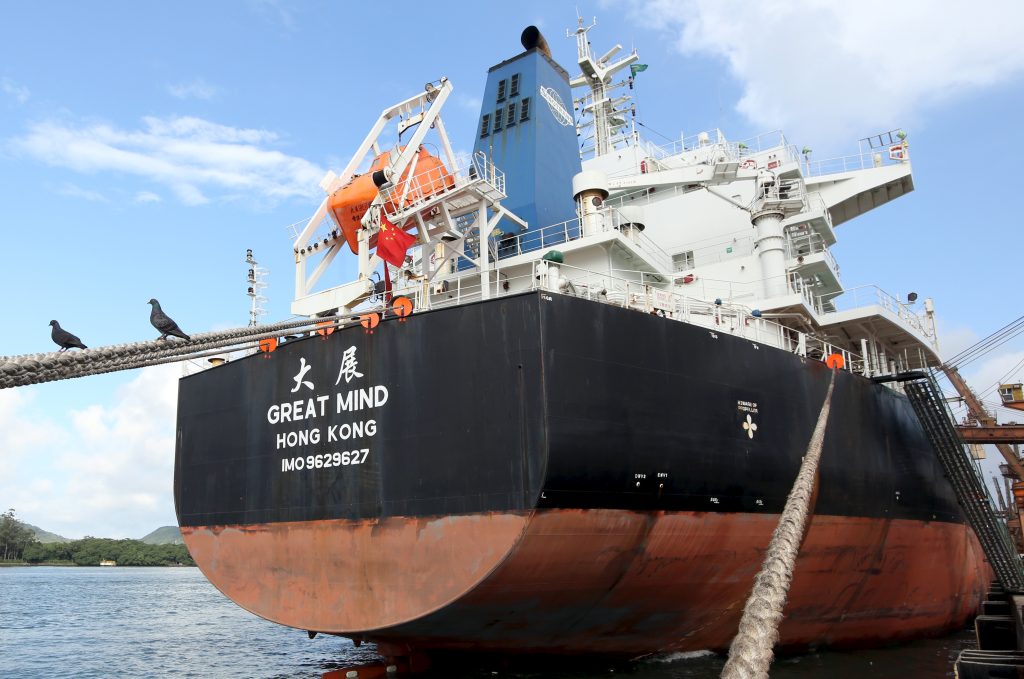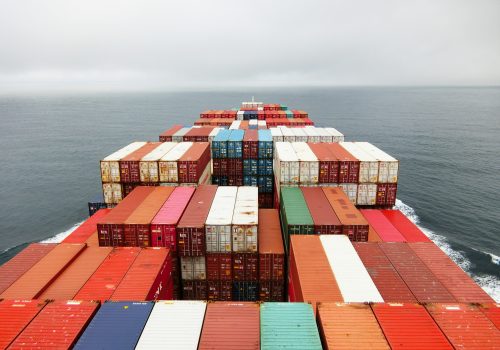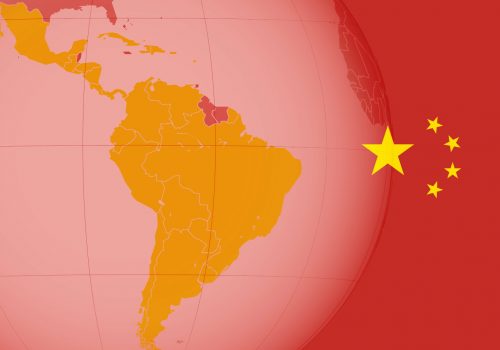China’s investment in Latin America and the Caribbean (LAC) has steadily grown in recent years, drawing attention from government and private-sector leaders throughout the region as well as the United States. As policymakers navigate the opportunities and challenges in working with China, Pepe Zhang, an associate director and fellow at the Atlantic Council’s Adrienne Arsht Latin America Center, sat down with two leading experts in the field: Alejandro C. Mesa Neira, a Bogotá, Colombia-based partner at the lawfirm Baker McKenzie, and José Roberto Martins, a São Paulo, Brazil-based partner at the lawfirm Trench Rossi Watanabe Advogados, which has a strategic cooperation with Baker McKenzie. (Disclosure: Baker McKenzie is a financial contributor to the Adrienne Arsht Latin America Center, which maintains strict intellectual independence for all of its projects and publications.)
Here are some highlights from their conversation:
1. According to Baker McKenzie’s annual report, Chinese merger and acquisition activities abroad have been falling since their 2017 peak, with Europe and North America in particular experiencing significant decline. However, deal flows to Latin America held relatively steady. What explains this resilience? Why has Latin America become an attractive market for Chinese investors?
- Alejandro suggests the reason is twofold: political and economic. First, some Latin American countries are actively pursuing greater diversification in foreign policy. These countries may gravitate towards Chinese investors in part to develop their relationship with China. Second, participating in the Chinese economy can pay dividends for these countries. For example, Chinese companies are investing heavily in the infrastructure sector in Colombia, a key US ally, with projects including the Bogotá Metro. Some experts argue that US and European companies have sometimes become less active in LAC’s infrastructure public tenders, while Chinese companies, which offer competitive pricing, have been more active and successful.
- Roberto points out that pricing is a “two-way street:” Latin American assets are less expensive than in other global markets, which entices Chinese investors.
- Roberto also notes that China looks at Latin America beyond the lens of natural resource acquisition and has a long-term interest in operating and selling Latin American infrastructure assets.
- Pepe adds that in today’s tightened fiscal environment, LAC governments will likely further prioritize competitive pricing in major public tenders.
- From a global perspective, Pepe partially attributes the resilient Chinese deal flows in Latin America to the region’s regulatory “friendliness,” especially when compared to North America and Europe where investment screening and public scrutiny have ramped up against Chinese investors in recent years on national security grounds by entities such as the Committee on Foreign Investment in the United States. Against this global backdrop, one key question going forward is whether political sensitivity will weigh more or less on LAC countries’ attitudes towards foreign investment.
2. Which countries and sectors dominated Chinese mergers and acquisitions in Latin America last year? How does this fit into broader patterns from previous years?
- Consumer products and services, infrastructure, and energy topped the list of sectors, Roberto says, followed by financial and business services, basic materials, and health. In the near future, he expects consumer products, entertainment, and online gaming to attract significant interest, because they are less politically sensitive from a national security perspective. Today Chinese companies rank among the top spenders and competitors in Latin American energy markets. This should continue to grow pari passu with the world’s focus on the energy transition.
- Within energy and power, Roberto sees Chinese investment diversifying across conventional and renewable sources, including a strong interest in hydropower plants. Notable deals included China Yangtze Power’s $3.59 billion acquisition of Sempra Energy’s Peruvian assets in 2019 and China’s State Power Investment Corporation’s investment in Gas Natural Açu’s liquefied natural gas power plants. (In the interest of disclosure, Baker McKenzie provided legal counsel to parties in both transactions.)
- When it comes to geography, Roberto notes that Brazil is the largest market for Chinese mergers and acquisitions and will continue to be so, but we should expect Chinese dealmaking to rise in Argentina, Chile, Colombia, Mexico, and Peru.
- Alejandro adds that although larger countries tend to see more Chinese financing, size is far from a definitive factor. Smaller countries such as Ecuador receive significant resources from China.
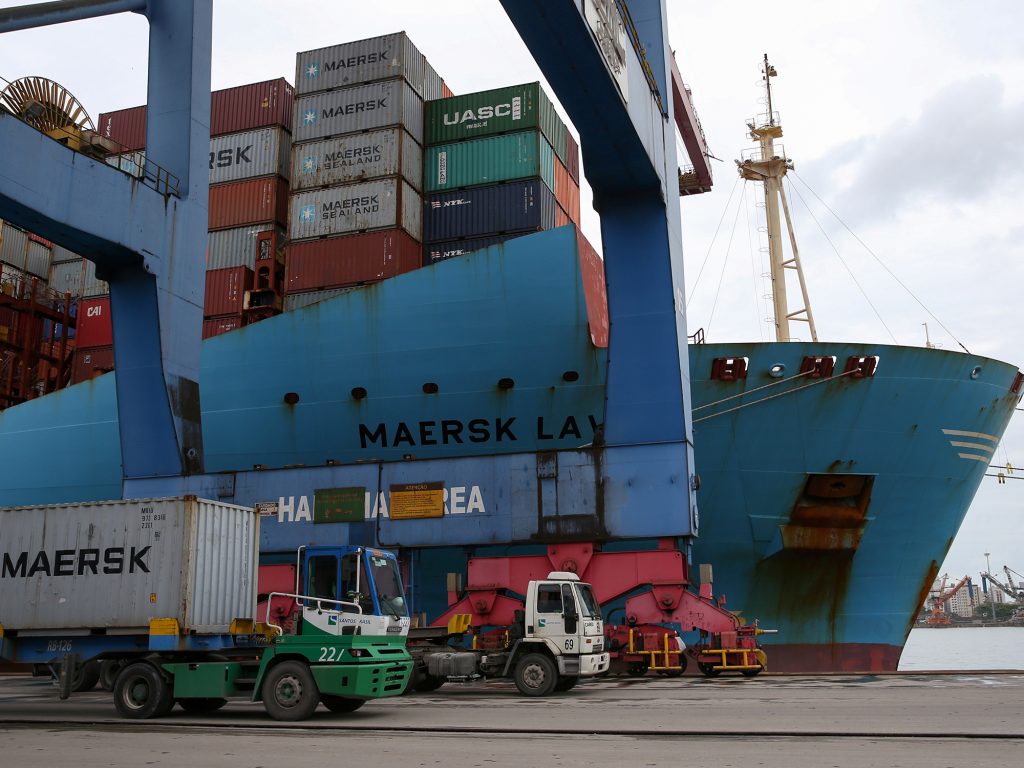
3. What are the main hurdles facing Latin American companies and governments when dealing with Chinese investors? In what ways might Chinese investors differ from investors of other regions?
- Alejandro and Roberto both highlight the importance of clear communication and mutual respect for cultural nuances. Each culture has its own negotiation rituals, strategies, and boundaries. While common practices from one culture may surprise or sometimes frustrate the other, veteran negotiators can, at times, mitigate misunderstanding by seeking and confirming business positions as the conversations evolve.
- Roberto summarizes the Chinese approach as “a contract is only over when finished” in some cases, which may come as a “cultural shock” to Latin American firms less experienced in renegotiations. Clear and constant communication between Chinese investors and their Latin American counterparts throughout the project lifecycle, he stresses, is key to avoiding last-minute issues.
- When working with Chinese state-owned enterprises (SOEs), the Latin American private sector could draw on its experience working with SOEs in Latin America. Since SOEs face different governance structures and constraints than private firms, understanding their unique processes will be instrumental to smoothing out (re-)negotiations, Roberto adds.
- Relatedly, Roberto observes that one common feature of corporate culture across China and Latin America is the capacity of quick adjustment and adaptation. Being a fast learner and open to diversity goes a long way.
- Pepe notes that it is critical for LAC companies to acquire their governments’ institutional support when approaching Chinese SOEs.
4. Turning the previous question around, what are the main hurdles facing Chinese investors in the region?
- Roberto notes that the dual “cultural shock” mentioned above (public versus private and Chinese versus Latin American) applies to Chinese investors as well. For example, Chinese investors can be frustrated by the bureaucracy involved in obtaining licenses in Latin American countries.
- Alejandro says his knowledge of a coal-fired power plant project in Colombia between 2008–2015 illustrates the occasional mismatch between Chinese and Latin American expectations. In that case, “the expectations of work from the Chinese company and what the Chinese company intended to provide were different,” and the two sides disagreed over the use of a Chinese labor force.
- That said, both Alejandro and Roberto noted a “dramatic increase” in the level of sophistication demonstrated by Chinese investors. Partnering with local companies, who understand social and local community issues, labor issues, and regulatory environments will help Chinese companies develop greater familiarity with Latin American markets and improve compliance.
5. Looking ahead, what are the trends or opportunities to watch in 2022 and beyond for Chinese investments in Latin America?
- Roberto sees a strong future for Chinese investment in Latin America and the Caribbean, as COVID-19 restrictions are being lifted and the powerful consumer market is coming back to life. And he predicts a wider range of investments, especially in technology and energy.
- Alejandro observes that Latin America could become once again a “hot” region for investment, not only for China but for other parts of the world. That’s due in particular to the region’s vast potential in conventional and renewable energies, including hydrogen.
- Pepe considers technology an interesting space to watch going forward, given the low regulatory burden involved in transaction preparation and approval (relative to sectors with more tangible products such as energy). Latin America’s booming fintech sector makes it an attractive destination for this type of investment.
- Nevertheless, Pepe cautions that uncertainties in global liquidity and economic conditions—from the war in Ukraine to interest-rate hikes in advanced economies and COVID-19 lockdowns in China—could apply downward pressure on Chinese deal flows towards LAC.
Isabel Bernhard, program assistant at the Atlantic Council’s Adrienne Arsht Latin America Center led the preparation, research, and summary of this interview.
In partnership with

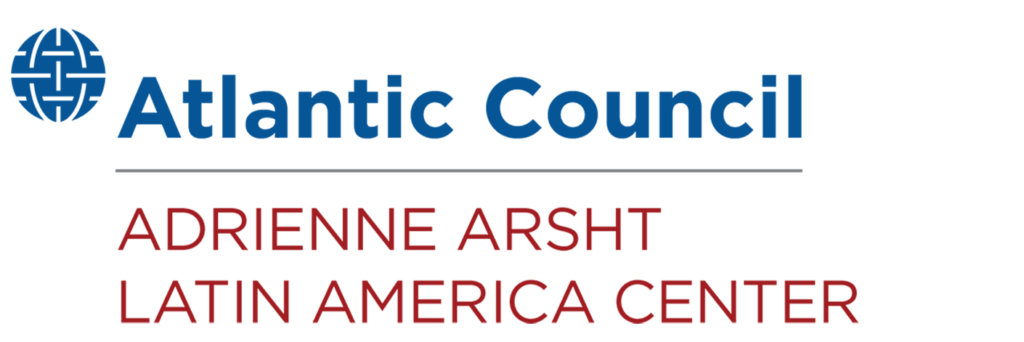
The Adrienne Arsht Latin America Center broadens understanding of regional transformations and delivers constructive, results-oriented solutions to inform how the public and private sectors can advance hemispheric prosperity.
Further reading
Wed, May 12, 2021
China-LAC Trade: Four Scenarios in 2035
Report By
Executive Summary Trade between China and Latin America and the Caribbean (LAC) experienced dramatic growth since the early 2000s. Going forward, China is poised to solidify its position as a leading regional trading partner. By 2035, trade values will likely reach unprecedented levels. This, accompanied by greater Chinese investment and financial flows, will further increase […]
Wed, Dec 16, 2020
Dealmaking with China amid global economic uncertainty: Opportunities, risks, and recommendations for Latin America and the Caribbean
Issue briefs and reports By
Introduction The COVID-19 pandemic is exerting extraordinary pressure on Latin American and Caribbean economies with reverberations that will be felt for years to come. October estimates point to a 8.1 percent contraction of regional GDP this year, accompanied by a 23 percent reduction in exports. Between January and May, Latin American and Caribbean exports to […]
Wed, Feb 23, 2022
US-China vaccine diplomacy: Lessons from Latin America and the Caribbean
Report By
The implications of diverging COVID-19 responses, notably at the onset of the pandemic’s rise in the region, will reverberate beyond the health sector. What might the differing US and China pandemic approaches portend for future influence in the region?
